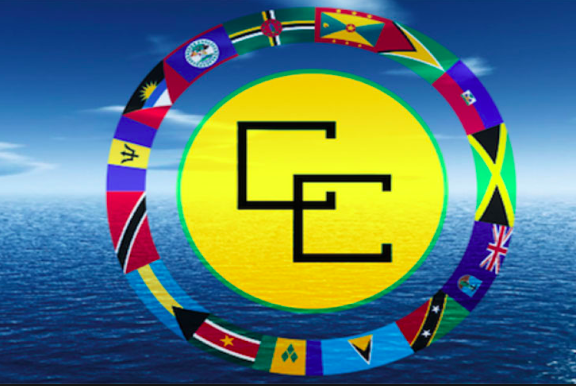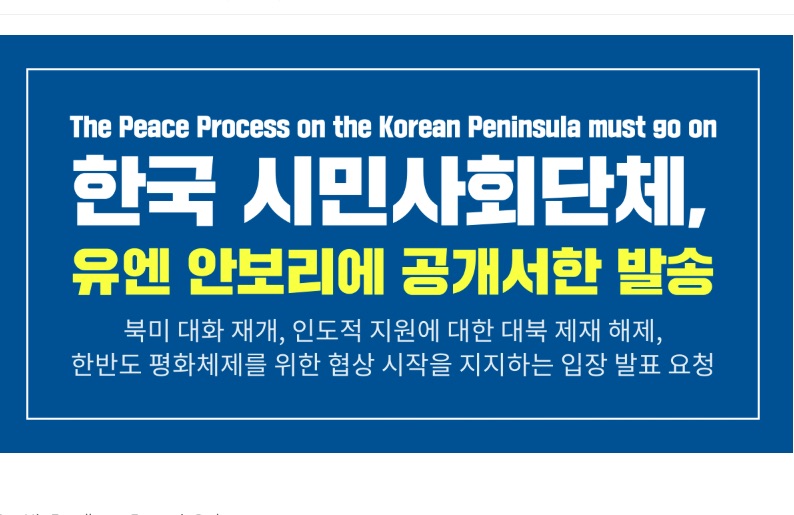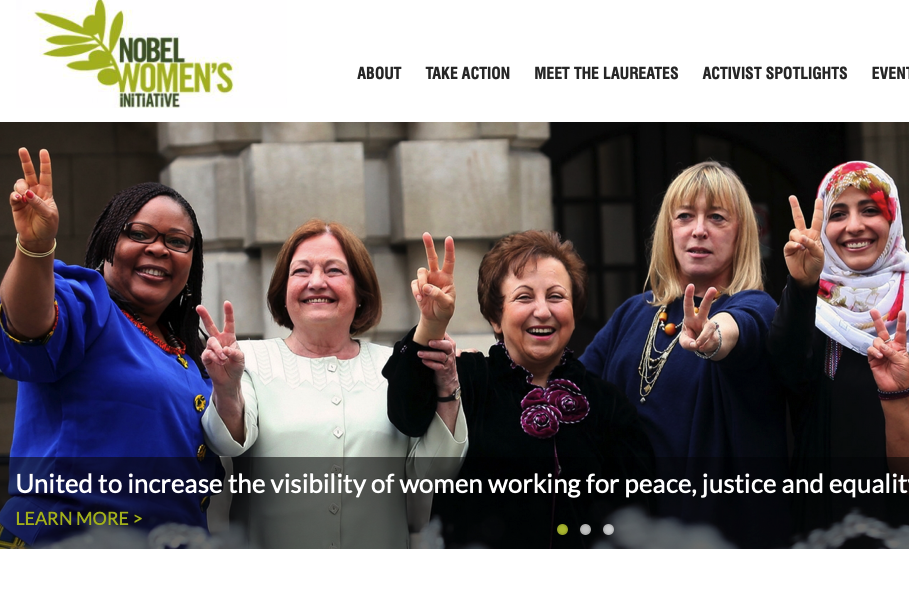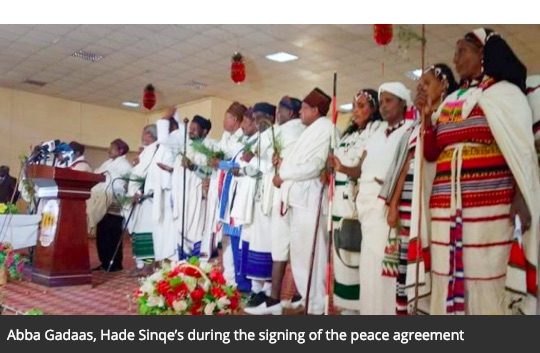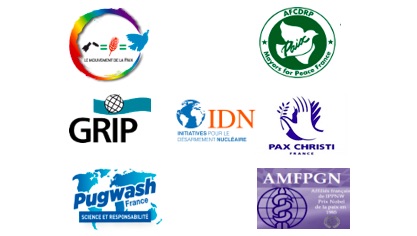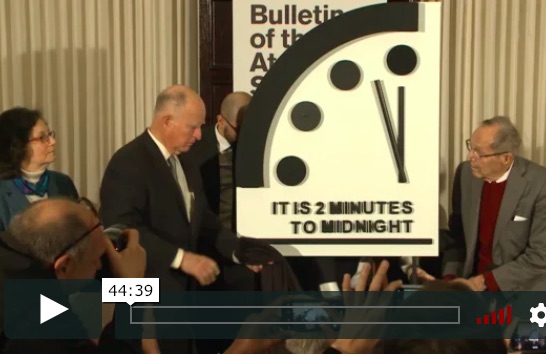. .DISARMAMENT & SECURITY. .
Excerpts from a document by Bernardo Arévalo in Nomada (translation by CPNN)
A peace agreement was signed, but nothing changed
The empty shell that is the Guatemalan State and its lack of agency for peace, has meant that our country lacks a comprehensive political strategy for reconciliation. Therefore it is necessary to navigate the ambiguities, complications and paradoxes generated by the unsatisfactory transactions that may be found in any negotiating process.
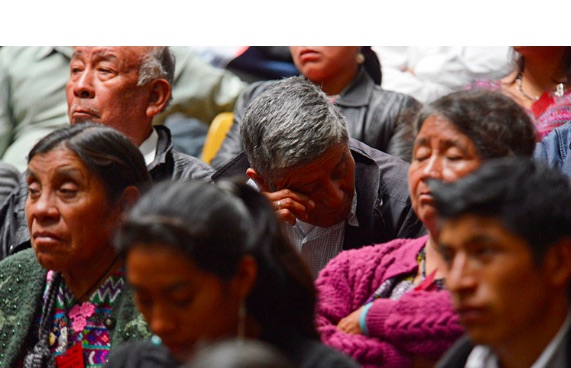
FOTO: IMAGENESMY.COM
The recommendations of the Commission of Historical Clarification (CEH) [in 1999] would have been a good starting point. It was based on a social process for justice, memory, reparation and non-repetition that could facilitate a social dialogue on the interpretation of history. It provided hope for reconciliation, a new imaginary of coexistence and unity. However, within five years after its presentation, it had become clear that the political will necessary for such an effort did not exist.
The United Nations verification report of 2005 urged the political authorities and state institutions to “… sincerely commit themselves to comply with the recommendations of the CEH and with the commitments contained in the Peace Agreements that are still pending. . ” It was a diplomatic way of declaring that the necesssary sincerity was absent. . . It was acknowledged that
“… despite all the efforts made over the last few years to build a culture of peace, the culture of violence continues to be part of daily life” . . .
The document [of 2005], conceived as a strategy to return the spirit of the Peace Accords and its objectives a decade after its signing, included a long list of concrete actions and mechanisms to address issues ranging from the construction of participatory citizenship, strengthening of the rights of women and indigenous peoples and the use of the educational system to promote knowledge and understanding of the armed conflict and its consequences. It was an operational strategy that simultaneously addressed the past and intended to transform the future.
Without well-defined political actions, there is no reconciliation
But, nevertheless, the result was again disappointing. The Secretariat of Peace was allowed only a marginal role in successive government cabinets, which showed, despite the rhetoric, the low priority assigned to the implementation of the Agreements. The ambitious reparations program, although well designed, did not produce clear results due to quarrels between civil society groups and recurrent personnel changes with each new government. . . .
In fact, twenty years after the signing of the Peace Accords, Guatemalan society had not yet been reconciled. In 2015, the country arrived at a crisis of accumulated political and social tensions: government policies -or their absence- were destroying the few advances in social development indicators that had been registered after the agreements were signed. . . .
From an absent state to a participatory state of corruption
The judicial processes for corruption opened by the Public Ministry [following The International Commission against Impunity in Guatemala – CICIG – in 2015], against the corruption networks that involved politicians and entrepreneurs of all levels marked a new stage: the State was no longer simply responsible for omission, but now for commission as well (i.e. corruption).
After the trial of the then President Otto Pérez Molina, the then Vice-President Roxana Baldetti and a good number of officials of his government, Alejandro Maldonado Aguirre assumed the Presidency of the Republic in an interim management marked by two minimum objectives: to allow the electoral elections that were already programmed, and to maintain the functioning of the administration while a new popularly elected president assumed office.
The elections, marked by the political crisis and the fight against impunity and corruption, were characterized by a strong rejection of traditional political parties. The political order established after 1996 was overtaken by a citizen spirit of repudiation of the “traditional politicians” that, together with a judicial dynamic that began to reveal its corrupt compromises, paved the way to victory for a newly created, unknown political party, and the election to the presidency of an improbable candidate whose only merit was his political anonymity, and his only virtue (self-proclaimed) was not to be “… neither corrupt nor thief”.
The new presidential term began with a new president duly elected as a results of the wave of anti-corruption and anti-impunity social protest. The preceding political class, largely corrupt, was rejected by an active citizenship. A judicial system was emerging; despite its limitations and deficiencies, it finally began to show signs of being able to function properly in a democratic state of law. The fight against corruption and impunity seemed to become a new space of convergence within society: a new ‘moral consensus’ beyond ideological, social and cultural positions, emerging as a vector for a conciliation / reconciliation hitherto elusive .
Like the crab: back to authoritarianism
Unfortunately, events moved in the opposite direction. A blanket of impunity covered the structures, modalities and arrangements of widespread corruption that had involved actors in the different spheres of society and that it had been ‘normalized’ by decades of customary practice.
Instead of applauding the punishment of the corrupt and shameless political class during the days of 2015, business actors who had been its partners began to consider the judicial zeal to be excessive, when it began to reveal their own involvement in corruption.
Within the Executive, the situation was no better. At first, President Jimmy Morales had seemed to support collaboration between the Public Prosecutor’s Office and the CICIG [the International Commission against Impunity in Guatemala]. However, he explicitly refused to investigate the involvement of his brother and son in an operation which was not large in scope, but which received enormous media coverage. This was a costly political blow to the President, and it was badly handled by his advisors.
A civic coalition emerged around the anti-corruption effort but many
political and business actors migrated towards the constitution of what public opinion has called a “Pact of Corruption.” This included those actors who refused assume the consequences of past acts and others determined to use corruption as a mechanism of cooptation and capture of the State.
This perverse coalition poses new obstacles to the emergence of the ‘moral consensus’ necessary to develop peaceful coexistence in the society. And even worse, it intentionally and maliciously fosters social and political polarization. It attempts to overturn the struggle against impunity by claiming that the CICIG is an instrument of obscure ‘international interests’, that seek to undermine national sovereignty. . .
Political authorities in the Executive and Legislative bodies have taken up the ‘anti-CICIG’ struggle and its polarizing narrative, deploying a campaign aimed at expelling, or blocking the Commission’s capacity for action and resorting to to arbitrary actions that often border on illegality.
(Continued in right column)
(Click here for the Spanish version of this article)
Question related to this article:
Can a culture of peace be achieved in guatemala?
(Continued from left column)
In parallel, they have begun to implement authoritarian actions, claiming that they are needed to restore imaginary threats to national security. They are dismantling the institutional transformations that, within the framework of Democratic Security conceptions, had been taking place in the country prior to the signing of the Peace Accords. . .
In sum, Guatemalan society has not find its way to peaceful co-existence and reconciliation due to the absence of a State that assumes the responsibility to mediate between the different needs, interests and perceptions that are inherent in every society The absence of a State that facilitates the emergence of a shared and inclusive vision that cements peaceful coexistence and allows the permanent closure of the cycles of violence and coercion that have characterized our history. For two decades, this situation was explained by the combination of disinterest and inability of the political elites. Today, the highest authorities are actively defending impunity and corruption. Reconciliation, previously an elusive aspiration, has become a goal that is moving further away.
There is light at the end of the tunnel: leadership networks and State rescue
In these conditions, restoring peaceful coexistence to Guatemalan society will require strengthening the social agency for reconciliation, through the establishment of cross-sectoral “coalitions” that cut across the divisions among the various social groups and sectors and between the political system and the society, integrating them into networks capable of building consensus and mobilizing the system into effective transforming action.
These abilities that are not totally alien to us. Despite their insufficiencies and limitations, the transformations within the framework of the processes of democratization and peace of the last three decades have allowed the emergence of new social leaderships.
Facing the incompetence of the political system and state institutions, these initiatives of civil society have spurred state action leading to advances in security, in health, in the rights of women, in community development, etc.
This explains how, in the absence of a capable and determined state, we Guatemalans have managed to avoid, even in the context of a crisis of profound governability such as the Black Thursday in 2003 and the civic protest days of 2015, the recourse to violence that would have restored the cycles of repressive violence / vindictive violence that have been recurrent in our history.
But the capacities we have achieved to advance despite the weaknesses and contradictions of the “absent state” are insufficient to confront the “dissociative state”.
The ability to prevent the political and social deterioration that arises today from the cooptation of the State by the ‘Pact of Corrupts’ requires two developments.
The first is the development of leaders with the capacity to build bridges across social, cultural and political divisions and to unify efforts in the pursuit of shared objectives. This leadership must be able to of transcend the dissociative discourse and the artificial polarization that has been created around the fight against impunity and corruption, and the dynamics of fragmentation and distrust that have divided civil society, limiting their capacity for joint action.
We need leaders capable of cooperatively undertaking the construction of a truly shared agenda for change, . . . . the construction of an authentic “social contract”, which goes beyond institutional and legalistic formalities to forge, participatively and inclusively, the great social consensus necessary to build the construction of a nation of justice and solidarity.
The second is the political rescue of the State by these new leaders, through democratic mechanisms and strategies that are viable within the framework of the rule of law.
A rescue that:
– can expel corrupt and criminal networks from the spaces of political control over state institutions,
– can prevent the dismantling of the incipient advances that the country has made in terms of democratization in the last thirty years.
– can transcend the weaknesses and incapacities that marked the will of the political class that assumed the leadership of the State in the framework of the peace process,
– can encourage the emergence of a new political class that allows the State to become the effective manager of well-being and coexistence in society, and that synergizes the efforts of different social and political sectors to promote the establishment of conditions for peaceful coexistence.
Infrastructure power: collaborative relationships between society and authorities
The state that we need does not correspond to the rational-bureaucratic machinery of the Western liberal paradigm of Weberian roots, and certainly not of a State that rests on the capacity to use resources of force to impose the will of those who control it. It is a State that operates fundamentally from what Michael Mann has called “infrastructural power”: the ability to foster and take advantage of the development of collaborative relationships within society and between society and political authorities, as an instrument for the effective fulfillment of its functions.
We need a State conceived as
– the convergence between political and social leadership that works in concert towards common goals,
– that integrates them through an institutional framework, developed and legitimated collectively,
– that takes advantage of the agency capacity of the different social actors -groups, individuals, communities, sectors- coordinating them for common benefit
– a State whose strength does not depend on its ability to act out of society, but on acting with society.
[As of today], reconciliation, as a national process, can not depend exclusively on the political and material resources of the State when its highest political authorities are part of the Pact of Corruption.
Without the will and agency capacity of civil society and communities, the State is not in a position to generate the conditions that make peaceful coexistence viable.
In this sense, a social leadership for reconciliation is a sine-qua-non condition for the effective transformation of horizontal and vertical trust relationships in society.
[In the long run,] however, only the State is in a position to generate the normative and institutional capacities necessary to mediate among the multiple contradictory forces of the different sectors of society and to promote an inclusive society with the preconditions of peace: equality, justice, respect, dignity and a genuine democracy functioning within the rule of law.
The rescue of the State by a political leadership that is capable and democratic is therefore the most important task if we are to create a society of reconciliation in which the different social, political and cultural interests are no longer an obstacle to harmonious coexistence.
Note: This text is part of the document “From the post-conflict to the restoration of authoritariansm: the difficult road towards coexistece in Guatemala”, written by Bernardo Arévalo for FLACSO.
